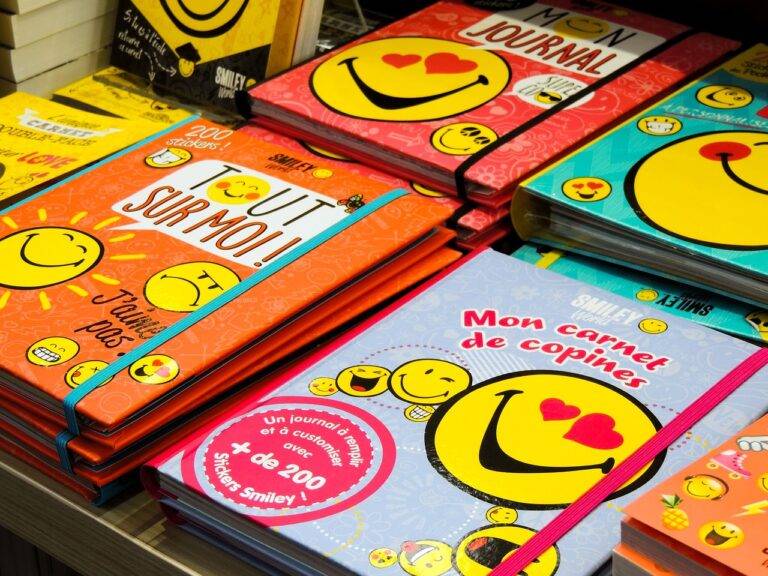Exploring the World of Stop-Motion Animation
Stop-motion animation dates back to the late 1800s when pioneers like J. Stuart Blackton and Albert E. Smith experimented with moving objects frame by frame to create the illusion of motion. However, it wasn’t until the early 20th century that stop-motion truly began to evolve as an art form, with groundbreaking works by filmmakers like Willis O’Brien in the 1920s.
By the mid-20th century, stop-motion animation had gained widespread recognition and popularity, notably with the release of iconic films like “King Kong” (1933) and “Jason and the Argonauts” (1963). These films showcased the potential of stop-motion to captivate audiences with its unique blend of live action and animation. As technology advanced, stop-motion continued to push boundaries and inspire a new generation of filmmakers and animators.
Key Techniques Used in Stop-Motion Animation
Stop-motion animation involves manipulating physical objects frame by frame to create the illusion of movement. One key technique used in stop-motion animation is called replacement animation. This method involves swapping out different parts of a character or object in each frame to simulate movement. By carefully replacing one element with another, animators can bring life to inanimate objects.
Another important technique in stop-motion animation is called puppet animation. This involves using puppets or figures with movable joints to act out scenes. Animators carefully pose and manipulate these puppets in tiny increments for each frame to create the illusion of fluid motion. Puppet animation allows for precise control over the movement and expression of characters, adding depth and emotion to the storytelling.
Famous Stop-Motion Animation Films
One notable example of a famous stop-motion animation film is “Coraline,” directed by Henry Selick. The film tells the story of a young girl who discovers a parallel world that seems perfect but harbors dark secrets. Known for its intricate details and captivating storyline, “Coraline” received critical acclaim for its unique visual style and storytelling.
Another renowned stop-motion animation film is “Kubo and the Two Strings,” directed by Travis Knight. This epic adventure follows a young boy named Kubo as he embarks on a journey to uncover his family’s mystical legacy. Praised for its stunning visuals and emotional depth, “Kubo and the Two Strings” received multiple award nominations, showcasing the artistic capabilities of stop-motion animation in storytelling.
• “Coraline” directed by Henry Selick
• Young girl discovers a parallel world with dark secrets
• Known for intricate details and captivating storyline
• “Kubo and the Two Strings” directed by Travis Knight
• Epic adventure of young boy Kubo uncovering family’s mystical legacy
• Praised for stunning visuals and emotional depth
What is stop-motion animation?
Stop-motion animation is a filmmaking technique where physical objects are manipulated in small increments between individually photographed frames to create the illusion of movement when the frames are played in sequence.
When did stop-motion animation first begin?
Stop-motion animation has been around since the early days of cinema, with some of the earliest examples dating back to the late 19th century.
What are some key techniques used in stop-motion animation?
Some key techniques used in stop-motion animation include puppet animation, claymation, object animation, and pixilation.
What are some famous stop-motion animation films?
Some famous stop-motion animation films include “The Nightmare Before Christmas,” “Coraline,” “Wallace and Gromit: The Curse of the Were-Rabbit,” and “Kubo and the Two Strings.”
How long does it take to create a stop-motion animation film?
The time it takes to create a stop-motion animation film can vary depending on the complexity of the project. Some films can take months or even years to complete.





